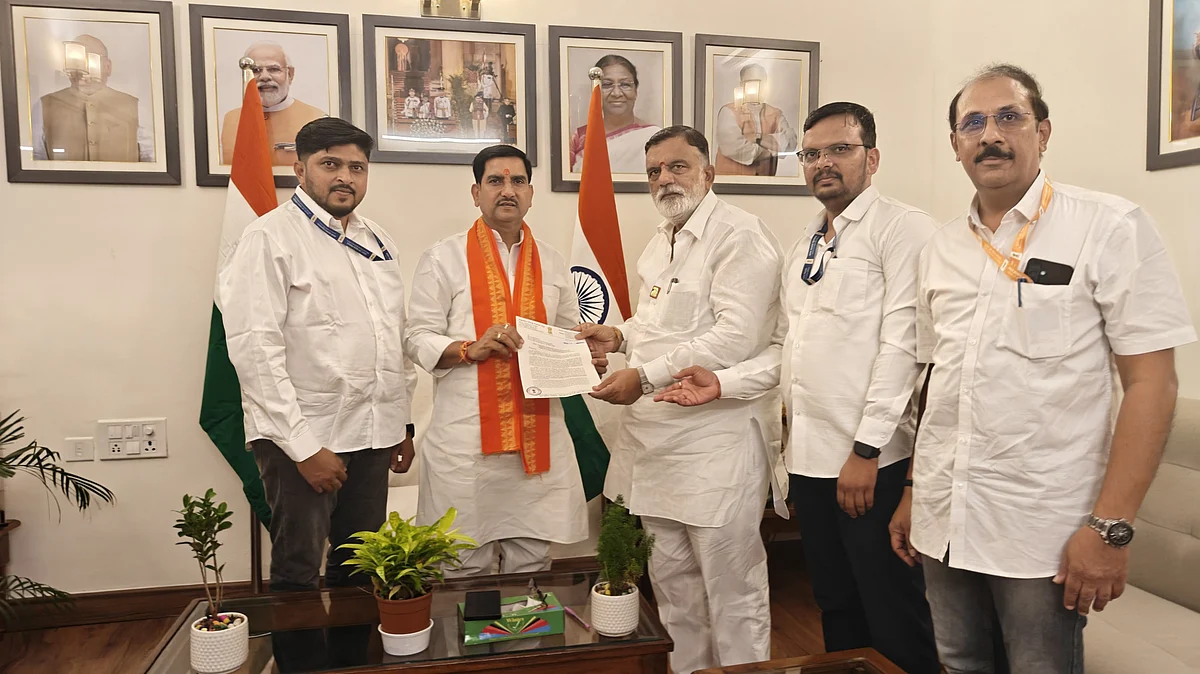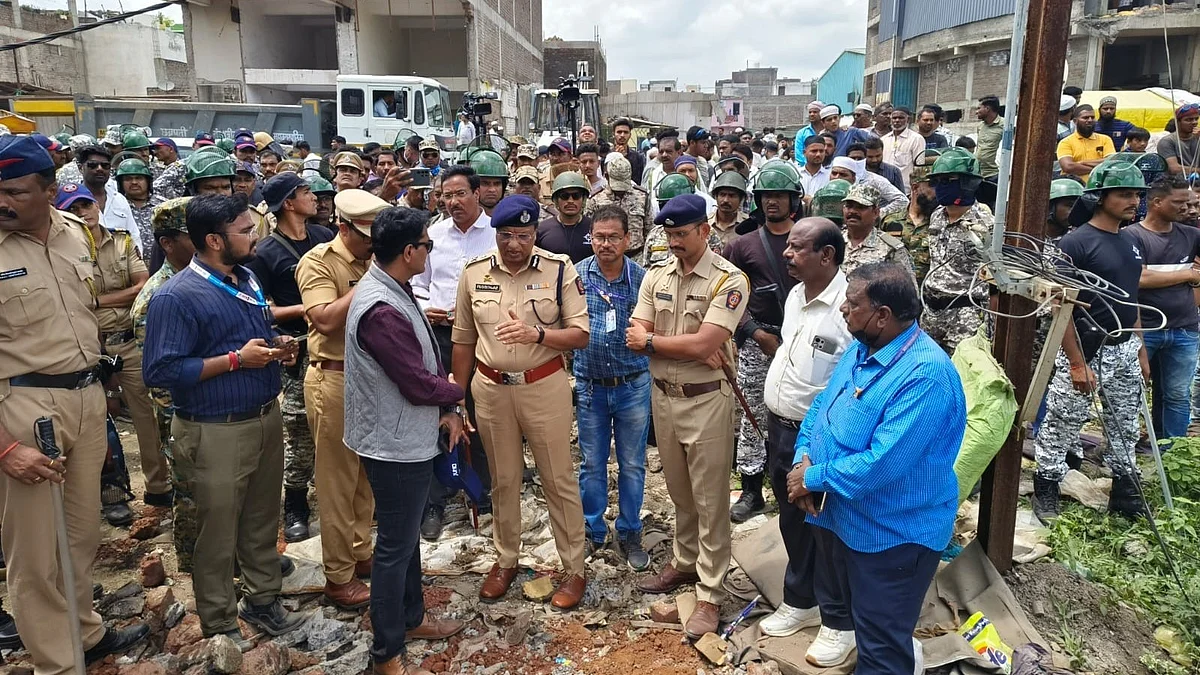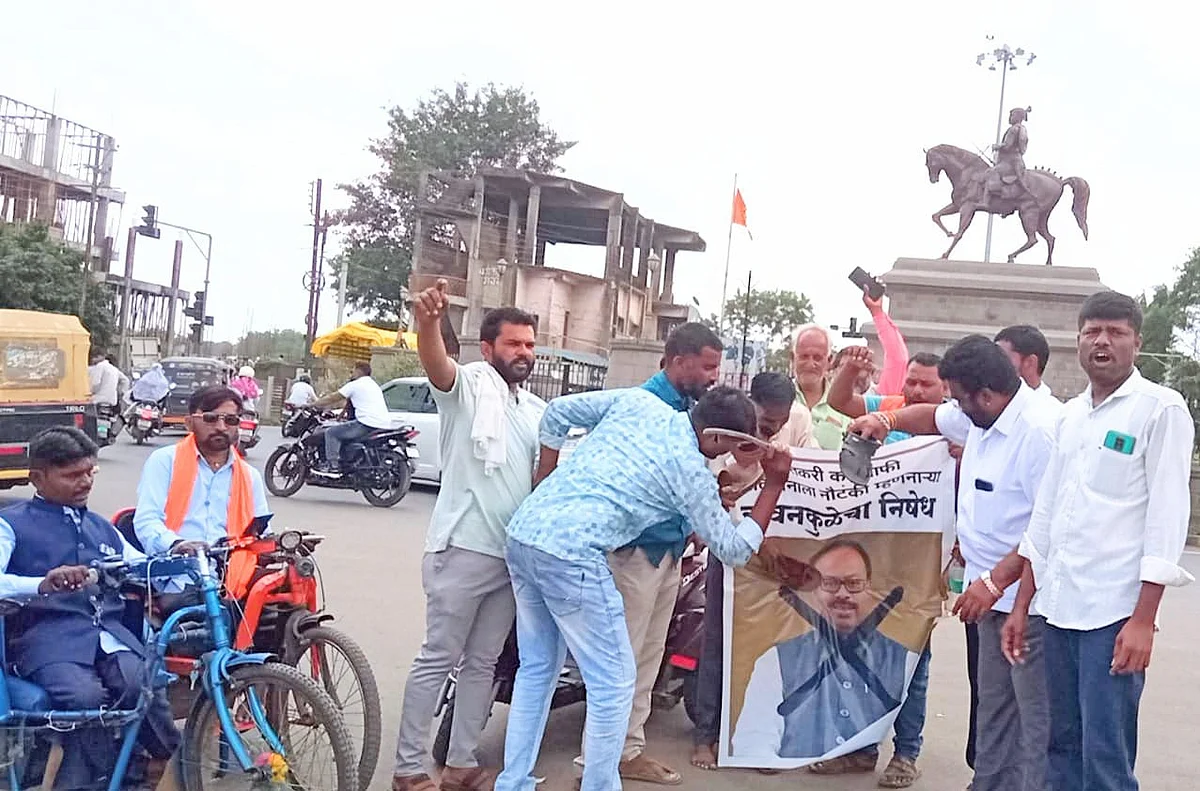It was in the early 2000s that I first met Christopher Benninger and his partner Ram. I was in the Savitribai Phule Pune University’s (SPPU) English department, and they lived in a rented flat close to the university. We met for coffee and chats quite often, either in my office or at their apartment. I introduced my friend Thomas Waugh, then a Film Studies professor at Concordia University, to them, and all of us got on famously well.
In 2007, Thomas and I convened an international conference on 'Queer Literature and Cinema in Canada and India' in my department, and Christopher, despite his busy schedule, was present at most of the screenings. He actively intervened in the deliberations that followed each screening. He made friends with distinguished filmmakers such as John Palmer and Etienne De Rosiere.
The following year, Christopher and Ram were kind enough to give Dibyajyoti Sarma and me an interview for our forthcoming book, 'Whistling in the Dark'. They had moved to Koregaon Park by then, and I remember popping in at their place late one evening for the interview, which continued well into the night.
Like most Americans, Christopher was garrulous. Once he started to talk, there was no stopping him. His listeners could only interject with a word or two as he spoke before he held forth again. But he wasn’t a bore. He held his listeners spellbound; everything that he said made so much sense. One learned so much from Christopher.
I was exposed to Christopher’s work as one of India’s leading architects when I went to the Mahindra United World College at Mulshi for guest lectures. I was floored by the architecture on the campus. It was so postmodern; the buildings were constructed as triangles rather than squares or rectangles. I have never seen such radical architecture anywhere, even on Western campuses. Such a far cry from the nondescript buildings at Pune University, where I spent a good 29 years of my life! One wondered why more academic institutions throughout India did not hire Christopher to design their campuses. Of course, he later designed both the Azim Premji campus in Bangalore and the Samudra Institute of Maritime Studies in Lonavla, but it wasn’t my good fortune to visit either of these places.

In 2011, when Christopher published his book 'Letters to a Young Architect', Ram and he came over to my place at Aundh one evening to give me a signed copy. That was so gracious of them. The book was to be launched at the Balgandharva Rang Manch a few days later, and my one regret for which I can never make amends now, is that I gave the book launch a miss, for I had then taken over as head of my department, and administrative work kept me busy. I remember Christopher calling me up just before the programme to ask how come I wasn’t in one of the front seats that he had kept reserved for me. I feel awful even thinking about this now.
But Christopher never held a grudge against me for not attending his book launch. Shortly afterwards, when the journal Biblio asked him to write an article on gay literature in India, I was touched to discover that he described me as India’s most important gay writer, and devoted much space to a discussion of my novel 'The Boyfriend'. Christopher was as thorough with literature as he was with architecture. When writer Priya Chabria invited him to launch one of her books at the Landmark Bookstore, I was impressed by how carefully he had read the book, cover to cover, and was able to carry out an incisive conversation with her about it.
Eventually, Christopher and Ram moved into their own house at Balewadi. They named it India House. Our visits became less frequent now, but we stayed in touch, mostly through WhatsApp chats. But it’s not as if we never met. How can I ever forget the play reading that I did at the swanky India House before an invited audience, mostly made up of close friends, even as cocktails were served?
Christopher was a true friend. When one needed help with life’s nitty gritty, he was always around. It was he who introduced me to a firm of lawyers at Wadia Ghandy & Company when I was involved in a property dispute. It was he who introduced my godson, Rahul, to Sudhir Sharma, with whom Rahul interned as an MBA student, much to his delight.
My last face-to-face meeting with Christopher was over five years ago when we accidentally ran into each other at an event hosted by a local newspaper at the Royal Turf Club. But it hardly seemed as if we were meeting after a long time, or that we had never met between then and now.
Sometime in 2023, Christopher messaged me to say he was at the Jupiter Hospital and was well looked after by doctors. He did not sound as if it was a serious ailment, or I would have surely gone to see him. It was only through news reports that I got to learn that Christopher was fighting a prolonged battle with cancer.

But such was Christopher’s dynamism that one could never imagine him to be ill. One always thought that he defied age. One always thought of him as a man who loved his work so much, and was so sought after, that, as he once told me, he spent more than half the year on domestic and international flights, going from place to place to design his buildings.
In Christopher’s passing, I can say without hesitation that I have lost a friend and an ally who are amongst the very very few in the world with whom I was on the same frequency level.
May Christopher rest in peace.
(The writer is a well-known author and former head of the English Department at Savitribai Phule Pune University)












